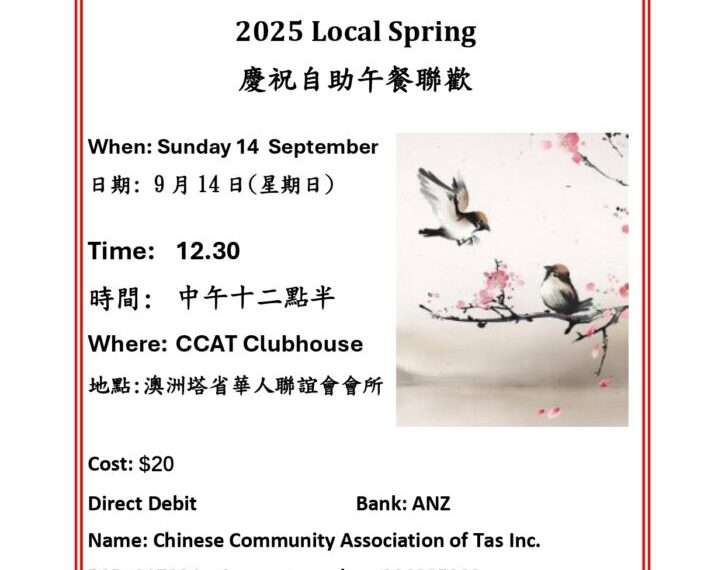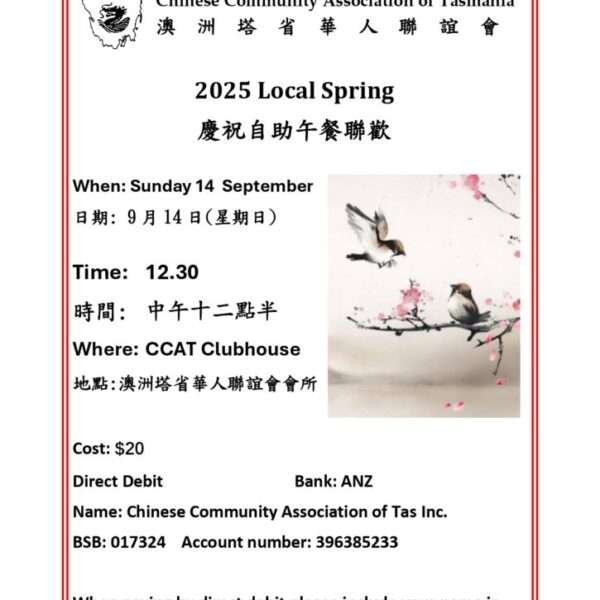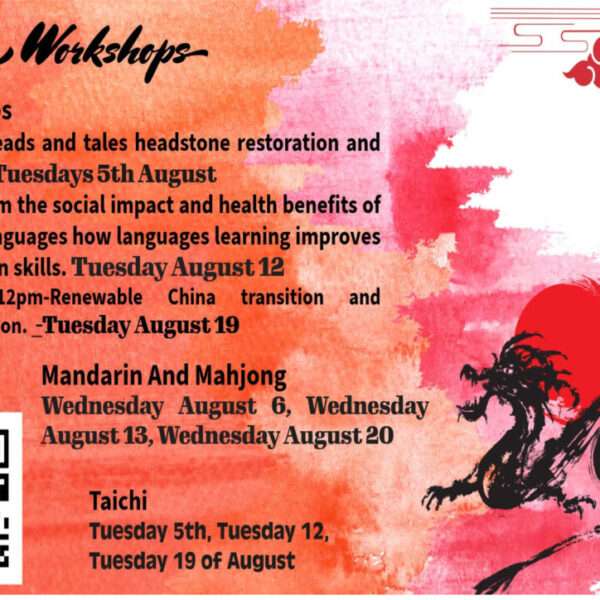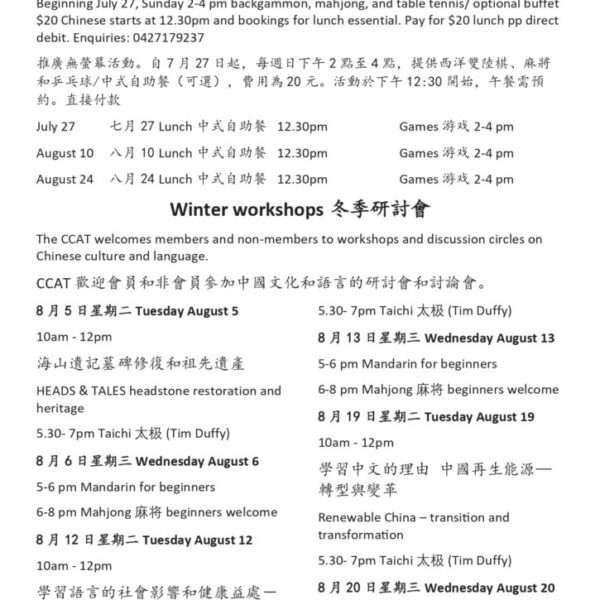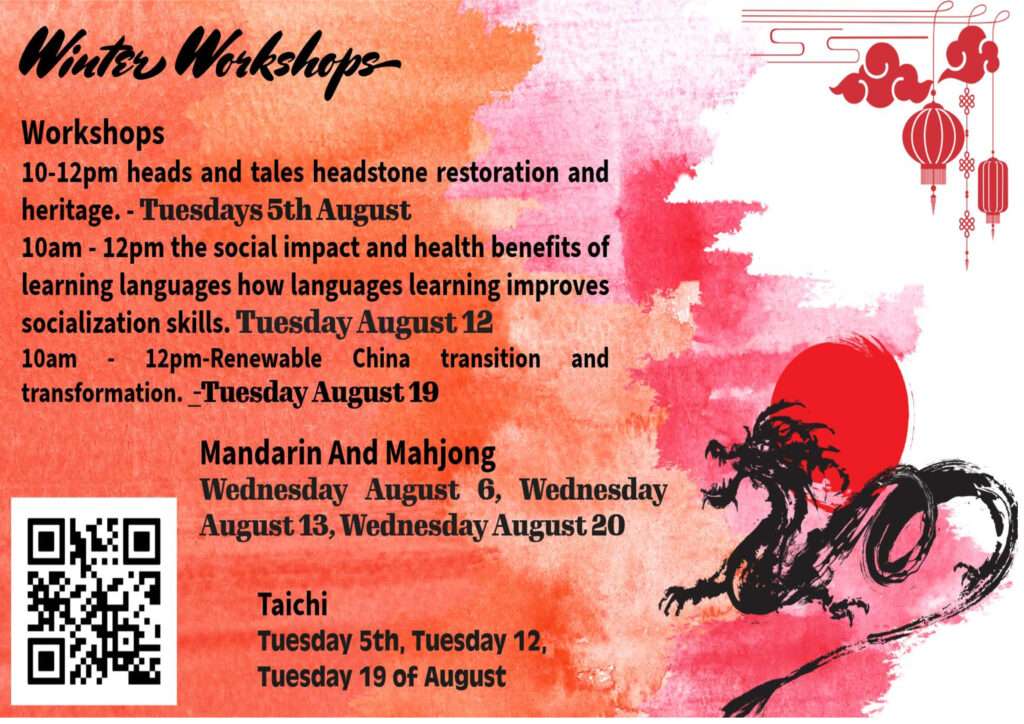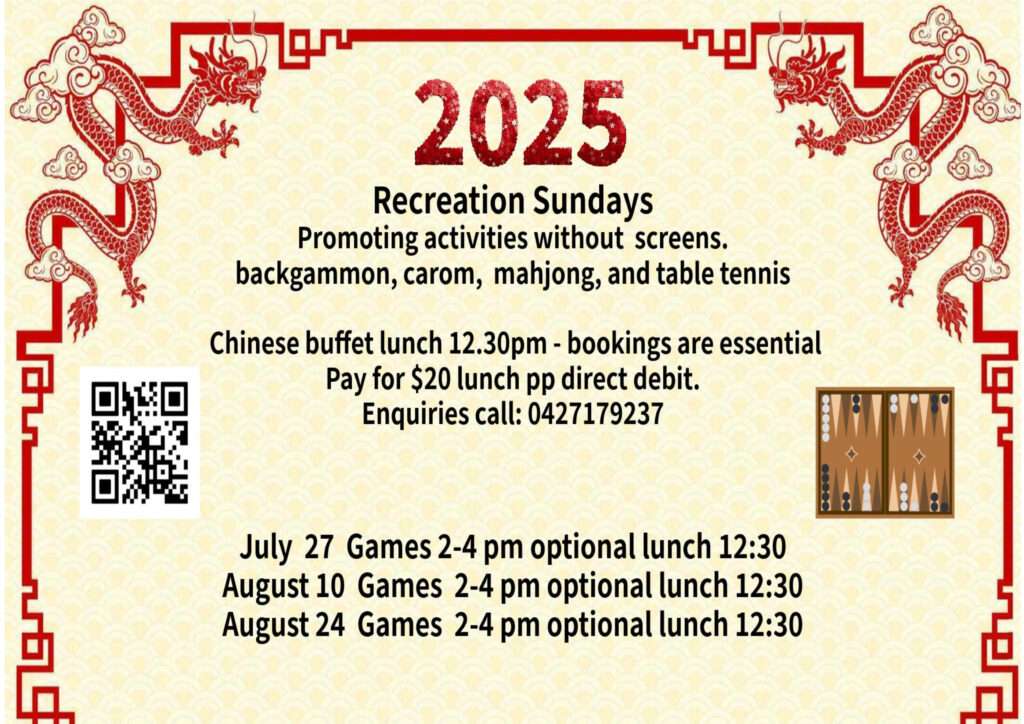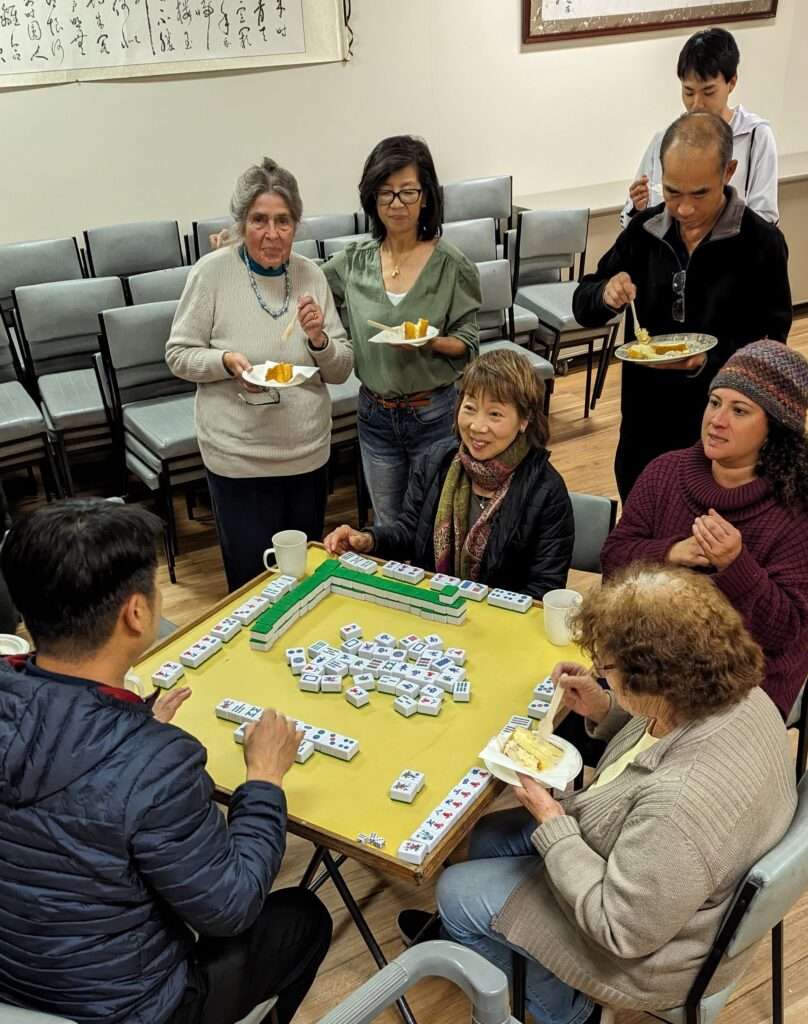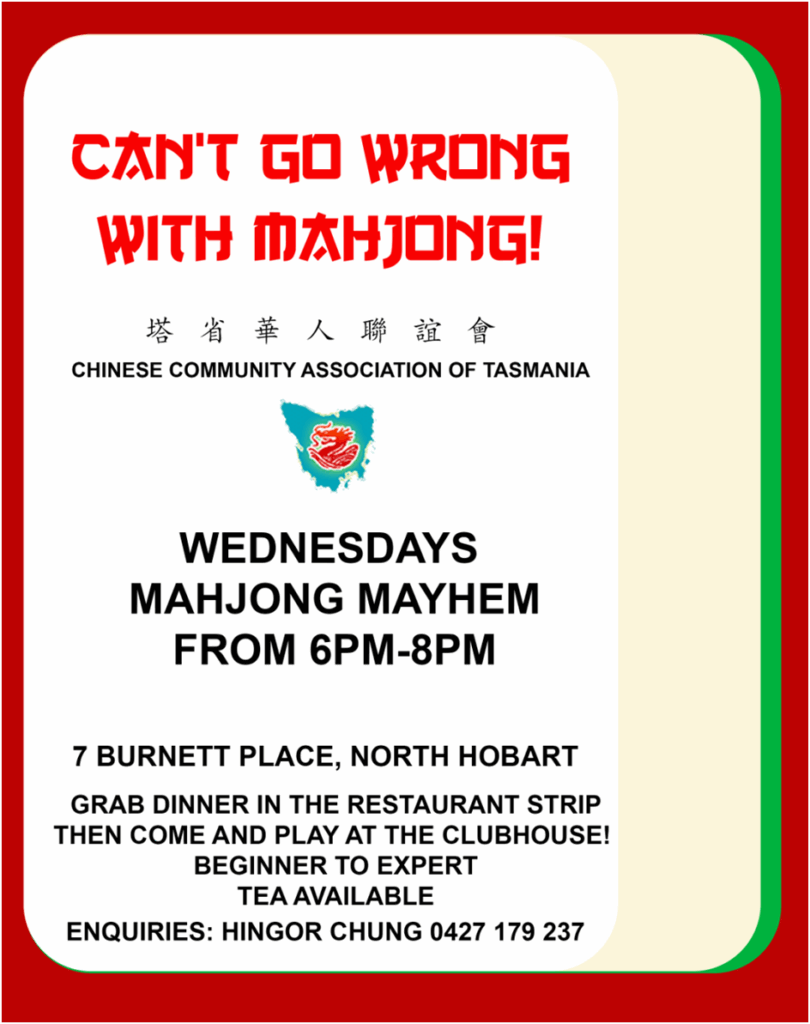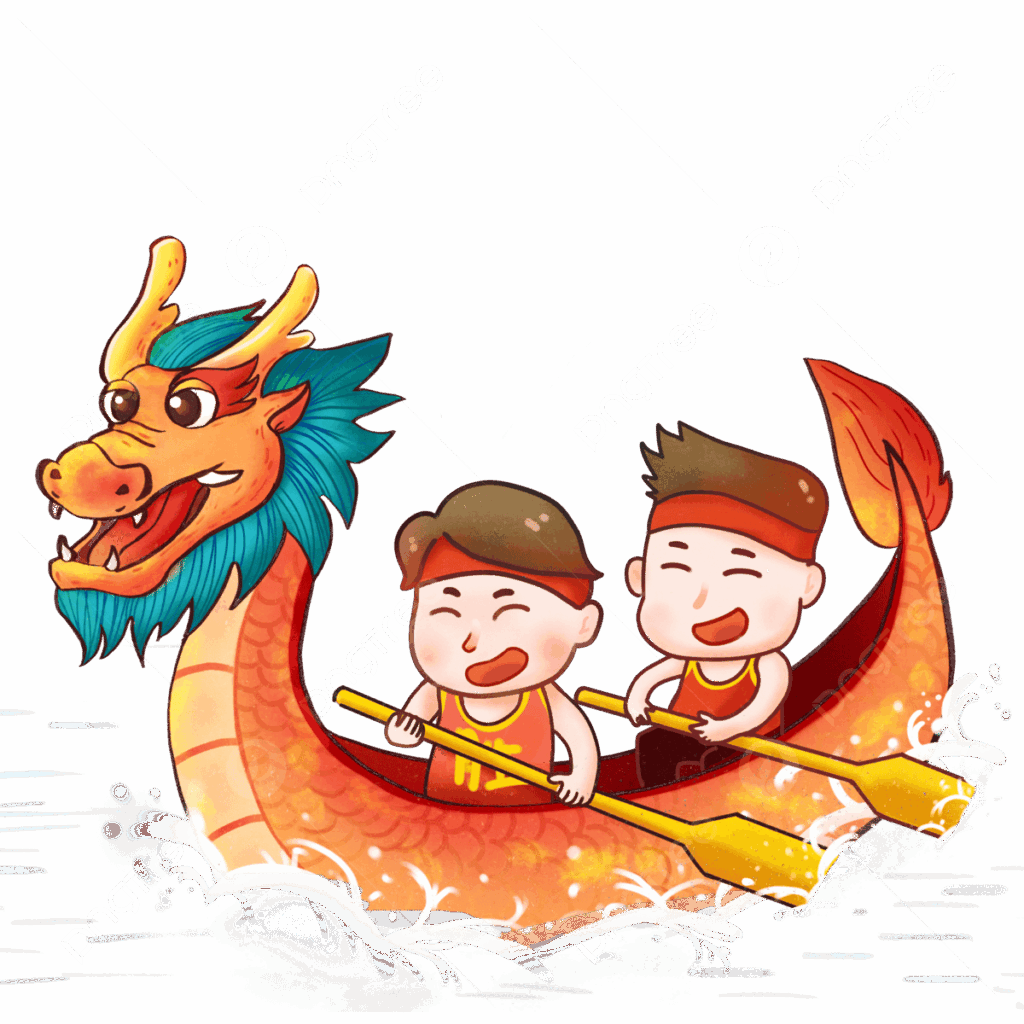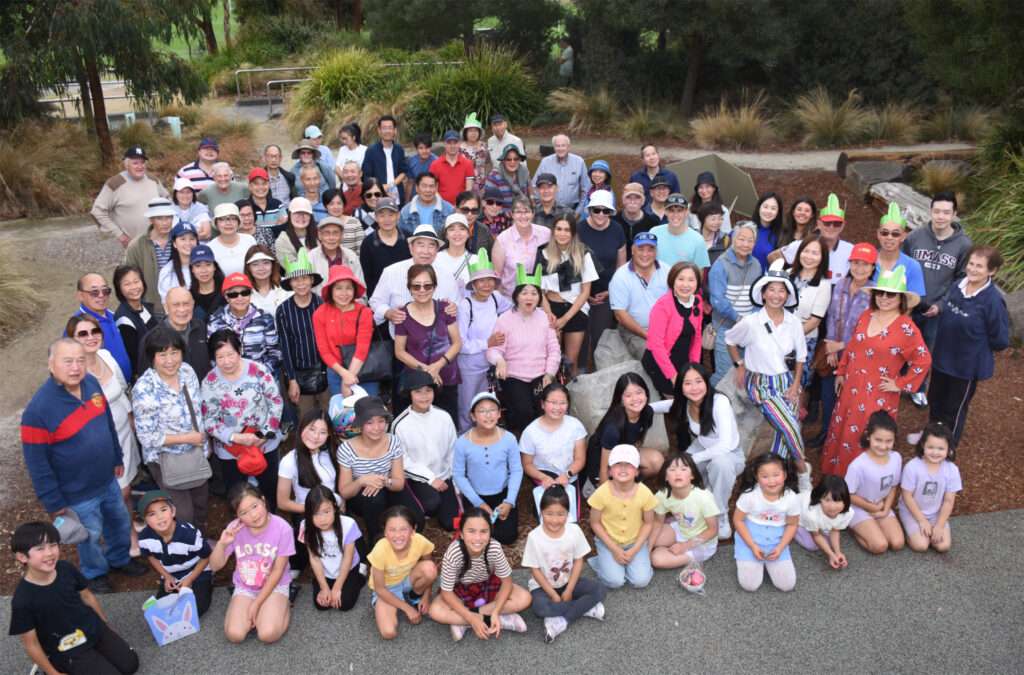Below is a useful link giving a brief history of Chinese settlement in North-East Tasmania.
Chinese in North-East Tasmania – A very short briefing of the Early Chinese History
Chinese tin miners were amongst the pioneers of Tasmania North East. They weren’t numerous in numbers (approx.lly 1,000 in 1891), but they were very important to the history of that region. Their ability to work poor ground and persevere when tin prices were low provided the region with a continuity of population which would otherwise have been lacking in the rapidly shifting fortunes of the North East mining communities.
Between 1886 and 1896 Chinese tin miners outnumbered their European counterparts throughout the region and in some areas by much as 10 to 1. The Chinese also constituted the largest group of non-European immigrants to early Tasmania.
The Chinese came to Tasmania largely as an off-shoot of immigration to the famed gold fields of Victoria and New South Wales. However, it was conditions in China at the time which determined the type of Chinese immigrant, their attitudes to their new ‘home’, and the patterns of settlement which occurred.
Officially, emigration from China was prohibited during the Ching dynasty. The policy was severe but it was difficult to enforce and during the 17th century large numbers of Chinese had privately migrated to South East Asia. Most of the early Chinese immigrants to Australia were Cantonese, from the Canton delta region of the southern province of Kwangtung. This is a coastal province close to the Pacific Ocean and exposed to Western impact during the 19th century. Kwangtung province is a fertile valley isolated from central China by mountain ranges. Life in the province in the 1880’s was characterised by food shortages and social and political unrest.
In 1871, according to census figures, there were only an estimated 13 Chinese in the whole of Tasmania but, by 1881, there were 844, of whom 770 were recorded as living on the tinfields of the North East.
Many Chinese like Maa Mon Chin, James Chung-Gon, James Ah Catt, Him Shim, Ah Moy and Chin Tock came to Tasmania via the goldfields of Victoria. At a time when the other Colonies were closing their mining fields to the Chinese, and alluvial gold resources were declining, the lack of restrictions on the tinfields would have attracted many Chinese.
Some Chinese came directly from China to avoid the entry tax which all the other Colonies had imposed by 1881, many being imported by entrepreneurial clansmen, such as Chin Kaw, others were brought in, especially during the early years, as a cheap reliable workforce by European mine-owners, who were concerned by their economic viability of tin mining in the rugged North East, where transport problems and high costs sent many early companies into liquidation.
The lack of adequate transportation systems was an important factor in the developmental struggles of the region. Tin ore had to be carted by pack horse to Boobyalla and shipped to Launceston for treatment. Machinery for the mines was dragged in by bullock and horse teams over bush roads which were little more than deep bog holes in many places. Agitation for roads and railway began in the early 1860’s and continued for many decades. The first railway line was finally opened on 9th August,1889, connecting Scottsdale to Launceston. This was extended to Branxholm on 12 July, 1911 and Herrick in 1919.
Unlike the majority of Chinese immigrants arriving in the 1870’s and 1880’s, the first Chinese were mainly skilled labourers and small businessmen. Most Chinese were sojourners and stayed only long enough to make their fortunes (5-20 years) never intending to make this country home. The main influx of Chinese began in the late1870’s to work the tin fields of the North East. The early history of the Tasmanian Chinese is closely tied to the fluctuating fortunes of this industry. Gold was also an important lure, particularly in the early days, but never employed large numbers of Chinese for very long.
The principal, and the only general season leisure and rejoicing in China was the New Year, and under the old empire, it was strictly observed. It began on the 12th day of the new moon nearest to the point when the sun was within fifteen degrees of Aquarius. On the January or February eve, expectant Chinese awaited mid-night when the fire-works would begin. From then till dawn people were engaged in performing sacred rites and in honouring the solemnities of the New Year. All debts were settled and presents were exchanged. The holiday-making normally continued for three days.
The year 1883 saw preparations for the most brilliant of New Year festivities to be held at Weldborough. The Chinese buyers went around the farms down to Pyengana to get their fat pigs for roasting. To bring them home they used to carry grain and drop it on the road for the pigs to follow them back to Weldborough. They were killed and roasted whole in ovens, built with stone in the ground along with all kinds of food and a great feast was held and hundreds gathered for the celebrations.
( Reports of the Chinese Festival are found in the Launceston’s Newspapers:
The Launceston Advertiser,19th February 1891, page 3, Carnival Advertisement
The Tasmanian Mail, 21stFebruary 1891, page 32 )
The Joss House (temple of worship) wall was lit with lamps and in the surrounding area large boxes were strung on poles. As these were set afire, out fell brightly coloured fire-works, then down swung Chinese lanterns and beautiful spinning Chinese dolls. Food and feasting abounded, and on the following day gifts and food were put on the altar in the Weldborough cemetery and jossed for all the Chinese departed relatives. The Joss House became a rare artifact of the Chinese in Tasmania. (now in the Queen Victoria Museum, Launceston)
From 1887 the population gradually declined with departures to China now well in excess of arrivals. Old age was also having a marked affect, as many of the last Chinese in the North East were ageing miners, too old or infirm to turn their labour to sufficient profit to enable their return to China. It was also at this time that interest began in Australian Federation. Tasmania’s embrace of Federation worked to break down the strong isolationist tendencies within the colony. This became a most important reason for Tasmania’s eventual introduction of legislation restricting Chinese immigration in 1887.
The Chinese community in Launceston, although small – 39 in 1890 -, produced some of the city’s great early entrepreneurs and developers (Henry Thom Sing, James Ah Catt, Chin Kit and James Chung-Gon).
Not only the Chinese enjoyed the Chinese New Year but also many Europeans living in the area of Launceston. In 1891 a reporter from the ‘Daily Telgraph’, accompanied by a bank manager, a doctor and 200 Europeans, “witnessed the Chinese populations celebrate their New Year in Canton Town”. The Chinese Carnival was truely multicultural affair, with Scottish pipes and dancers, Irish and Welsh concert and a variety of side shows, including “Big Ben” a Queensland’s alligator!
The Chinese who stayed in Tasmania established themselves as market gardners or merchants. The population moved from the tin fields to the outskirsts of townships and the rich agricultural areas. By 1921, Hobart had become the largest centre of the Chinese who set up market gardens in the rich Derwnt River Flats in Glenorchy and Moonah.
(The above was taken from “The Tamanian’s Chinese Heritage” by Helen Vivian ,”Chinese in the North East” by Sue Walden and the “Chinese in the North East” by Suzanne Miller.)
The descendant families which had been friends from the time of the early settlers are still in someway known to each other and their whereabouts, more or less, even right up to this day…like the Moys, Kaws, Lee Fooks and Chung-Gons and the new discovery of Chin Kit!….2004!
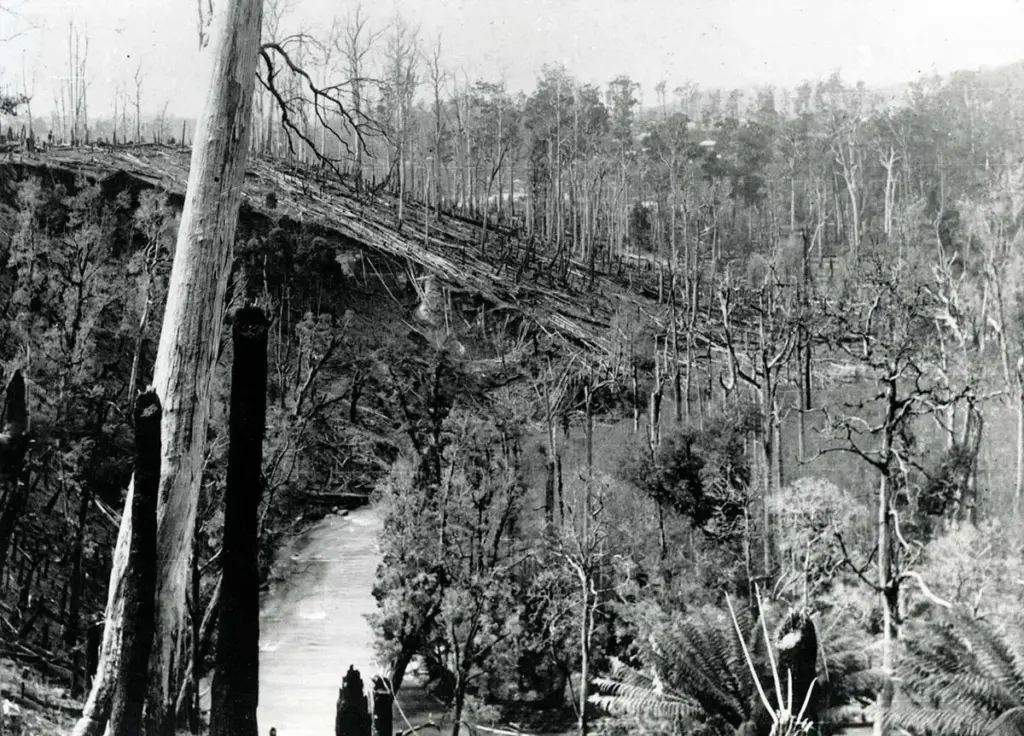
Chinese In North-East Tasmania
Related Post
Related Post

Post Gallery
Categories
- 50th Anniversary Celebration
- 55th Anniversary Celebrations
- Activities
- AGM
- Articles
- Arts
- Charity
- Chinese New Year
- Christmas and Easter
- Christmas Luncheon
- Club House Events
- CNY Dinner
- Communications
- Cultural
- Dragon Boat Festival
- Easter Functions
- Easter Picnic
- Editorial
- Fasion
- Festivals
- Fitness
- Flyers
- Gallery
- General
- Global
- Health
- History
- Lunar New Year
- Lunar New Year Dinner
- Mahjong
- Mid-Autum Festival
- Music
- News
- Newsletters
- Office Bearers
- Present and Past Committees
- Presidents Report
- Special Events
- The Chinese School
- Travel

